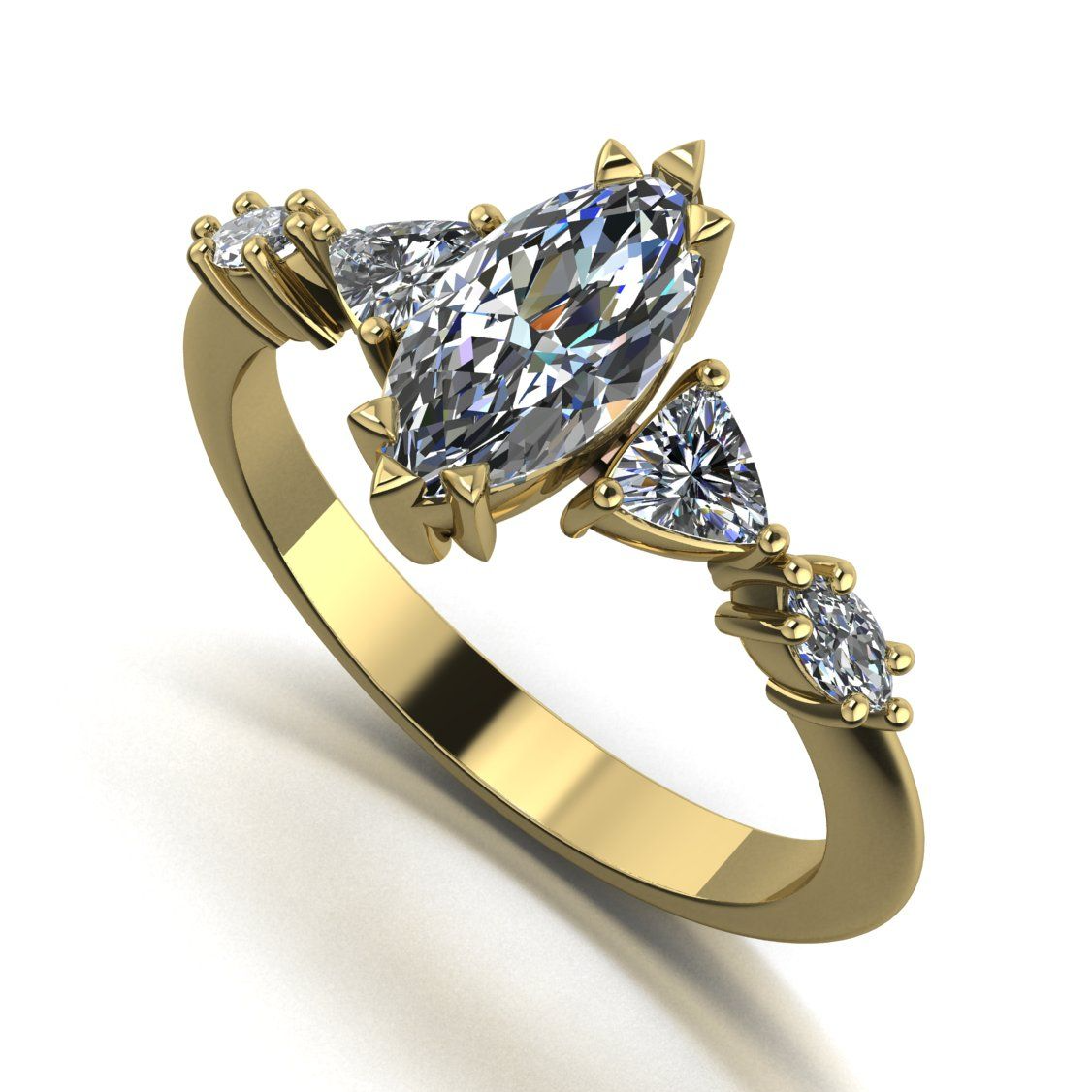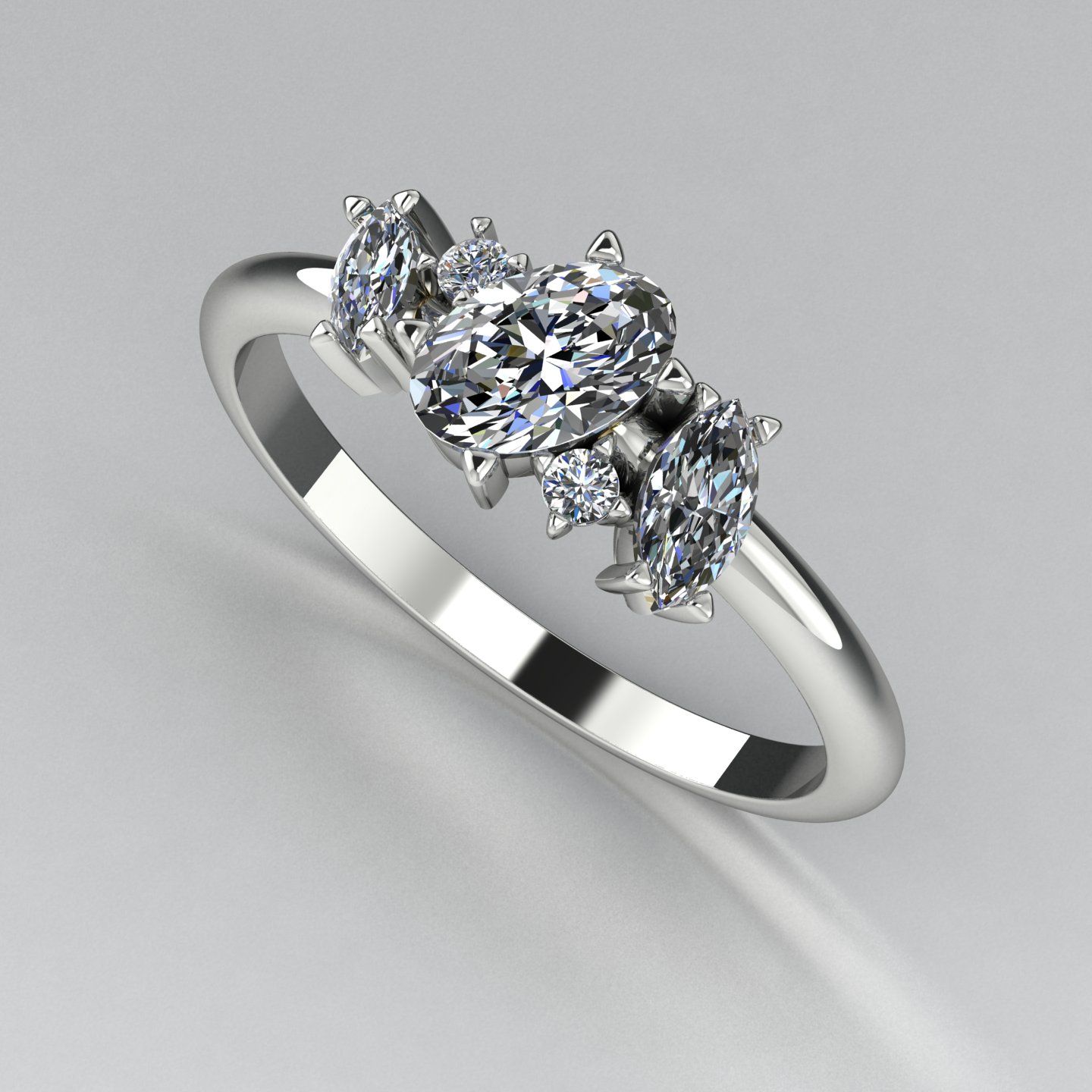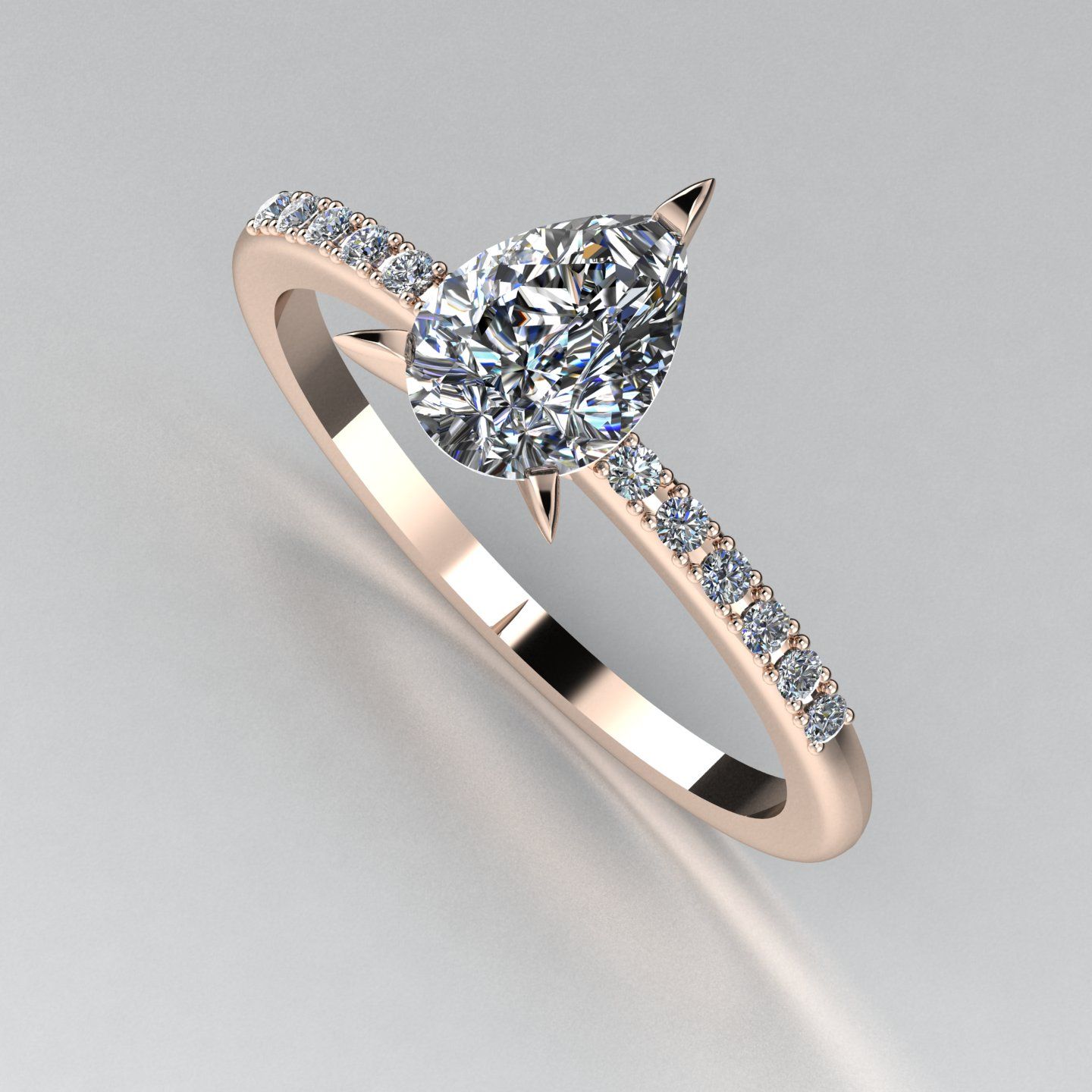Lab Grown Diamond vs Natural Diamond

Lab Grown Diamond Vs Natural Diamond
Are lab-grown diamonds the new game-changers in the jewellery industry? Or do natural diamonds still reign supreme? With the rise of technology, lab-grown diamonds have become a popular alternative to natural diamonds, sparking a debate about which is the better choice. In this article, we will dive deep into the world of lab-grown diamonds and natural diamonds, comparing their origins, properties, and overall value.
Natural diamonds
Natural diamonds are formed over millions of years under immense heat and pressure deep within the Earth's crust. The process begins with carbon atoms being subjected to extreme temperatures and pressures, causing them to crystallise and form diamonds. These diamonds are then brought closer to the Earth's surface through volcanic eruptions or other geological processes. The rarity and time it takes for natural diamonds to form contribute to their high value and appeal in the jewellery market.
Natural diamonds are known for their unique characteristics, known as the Four Cs - carat weight, colour, clarity, and cut. These factors determine the quality and value of a natural diamond. Each natural diamond is one-of-a-kind, with its own distinct inclusions and imperfections, which are often considered as part of its natural beauty. The allure of natural diamonds lies in their timeless elegance and the emotional significance attached to them.
Lab Grown Diamonds
Lab-grown diamonds, as the name suggests, are created in a laboratory setting using advanced techniques to mimic the natural diamond-growing process. These diamonds are made from a diamond seed and are grown using either the High Pressure-High Temperature (HPHT) method or the Chemical Vapour Deposition (CVD) method. The HPHT method involves subjecting a diamond seed to high pressure and temperature, allowing it to grow into a larger diamond. The CVD method, on the other hand, uses a carbon-rich gas to deposit layers of carbon atoms onto a diamond seed, gradually forming a diamond.
The differences between lab-grown diamonds and natural diamonds
While lab-grown diamonds possess the same physical and chemical properties as natural diamonds, there are differences that set them apart. One major difference is their origin. Lab-grown diamonds are created in a controlled environment, while natural diamonds are formed naturally within the Earth. This distinction has implications for their value, as natural diamonds are often seen as more precious due to their rarity and natural formation process.
In terms of their appearance, lab-grown diamonds can be indistinguishable from natural diamonds. Both types can exhibit the same brilliance, fire, and scintillation. However, trained gemologists can identify certain features that may indicate whether a diamond is natural or lab-grown. These distinctions can include differences in growth patterns, inclusions, and isotopic compositions. It's important to note that advancements in technology have made it increasingly difficult to differentiate between lab-grown and natural diamonds without specialised equipment.
Lab-grown diamonds: benefits and drawbacks
Lab-grown diamonds offer several benefits that make them an attractive option for consumers. First and foremost, they are more affordable than natural diamonds. The cost of creating lab-grown diamonds is significantly lower than the cost of mining natural diamonds, which translates to lower prices for consumers. This affordability allows individuals to purchase larger and higher-quality diamonds than they might otherwise be able to afford.
Another advantage of lab-grown diamonds is their ethical implications. The mining of natural diamonds has been associated with environmental damage, human rights abuses, and conflicts in certain regions. Lab-grown diamonds, on the other hand, are produced without these ethical concerns. They offer a more sustainable and socially responsible alternative for those who are conscious of the impact of their purchasing decisions.
However, there are also drawbacks to consider when it comes to lab-grown diamonds. Despite their similarities to natural diamonds, there is still a perception among some consumers that lab-grown diamonds lack the same rarity and value as their natural counterparts. Additionally, the resale value of lab-grown diamonds may be lower compared to natural diamonds, as the market for lab-grown diamonds is still developing.
Natural diamonds: benefits and drawbacks
Natural diamonds have a long-standing reputation for their beauty, durability, and symbolism. They have been treasured for centuries and continue to hold a special place in the hearts of many. Natural diamonds are seen as a symbol of love, commitment, and luxury, making them a popular choice for engagement rings and other sentimental jewellery.
One of the key advantages of natural diamonds is their rarity. The natural formation process of diamonds makes them scarce, which contributes to their high value. Natural diamonds also have a timeless appeal that is often associated with heirloom jewellery. Their unique characteristics, such as inclusions and imperfections, add to their charm and individuality.
However, the mining of natural diamonds has raised concerns about environmental impact and ethical issues. Diamond mining can result in habitat destruction, water pollution, and displacement of local communities. Additionally, the diamond industry has faced criticism for its association with conflict diamonds, which are diamonds mined in war zones and used to finance armed conflicts. Efforts have been made to address these issues through initiatives like the Kimberley Process, but challenges remain.
Lab-grown vs natural diamonds:
a comparison of cost
One of the major factors that differentiate lab-grown and natural diamonds is their cost. Lab-grown diamonds are generally more affordable than natural diamonds, with prices ranging from 20% to 30% lower on average. The lower cost of lab-grown diamonds is due to the controlled production process, which eliminates the need for expensive mining operations. This affordability makes lab-grown diamonds an attractive option for consumers who still want the look and feel of a diamond.
On the other hand, natural diamonds command higher prices due to their rarity and the extensive mining operations required to extract them from the Earth. Factors such as carat weight, colour, clarity, and cut also contribute to the price of natural diamonds. The unique characteristics of natural diamonds, including their imperfections and inclusions, can make them more valuable to collectors and those seeking a truly unique gem.
When it comes to investment potential, natural diamonds have historically held their value over time. However, the market for lab-grown diamonds is still evolving, and it remains to be seen how their value will be affected in the long term. The resale value of lab-grown diamonds may be lower compared to natural diamonds, as they are still perceived by some as lacking the same rarity and prestige.
Environmental impact of lab-grown and natural diamonds
The environmental impact of lab-grown and natural diamonds is another important consideration. The mining of natural diamonds has significant environmental consequences, including land disruption, deforestation, and water pollution. It also requires large amounts of energy and water, contributing to carbon emissions and resource depletion.
In contrast, lab-grown diamonds have a lower environmental footprint. The controlled production process of lab-grown diamonds reduces the need for mining and the associated environmental damage. Lab-grown diamonds also require less energy and water compared to natural diamonds. Furthermore, advancements in technology have allowed for more energy-efficient methods of diamond production, further reducing the environmental impact.
The ethics of lab-grown and natural diamonds
Ethical concerns surrounding the diamond industry have prompted many consumers to seek alternatives to natural diamonds. The mining of natural diamonds has been linked to human rights abuses, worker exploitation, and funding of armed conflicts in certain regions. The Kimberley Process Certification Scheme was implemented to address these issues, but it has faced criticism for not being stringent enough in its regulations.
Lab-grown diamonds offer a more ethical choice for consumers. They are produced without the ethical concerns associated with diamond mining, providing a more sustainable and socially responsible option. Lab-grown diamonds are also traceable, meaning their origins can be verified and they are guaranteed to be conflict-free.
However, it's important to note that not all lab-grown diamonds are created equal. The production of lab-grown diamonds requires energy and resources, and the source of these inputs can have ethical implications. It is important for consumers to research and choose reputable suppliers that adhere to ethical and sustainable practices.
How to choose between lab-grown and natural diamonds
Choosing between lab-grown and natural diamonds ultimately comes down to personal preferences and priorities. If budget is a primary concern, lab-grown diamonds offer a more affordable option without compromising on the look and quality of the diamond. Lab-grown diamonds also provide a choice for those who prioritise ethical and sustainable practices, as they are produced without the environmental and social impacts of mining.
On the other hand, if rarity, tradition, and investment potential are important factors, natural diamonds may be the preferred choice. Natural diamonds have a timeless appeal and emotional significance that cannot be replicated. They also have a well-established market and history of holding their value over time.
It is also worth considering the context in which the diamond will be used. Lab-grown diamonds may be more suitable for fashion jewellery or temporary pieces, while natural diamonds may be preferred for heirloom pieces or special occasions.
Conclusion: the future of diamonds
The debate between lab-grown diamonds and natural diamonds will continue as both options gain popularity in the market. Lab-grown diamonds offer affordability, ethical peace of mind, and the ability to choose a larger and higher-quality diamond. Natural diamonds, on the other hand, boast rarity, tradition, and a timeless appeal that resonates with many.
As technology advances and consumer preferences evolve, it is likely that lab-grown diamonds will become more widely accepted and recognised for their value. The diamond industry as a whole is also moving towards greater transparency and sustainability. Ultimately, the choice between lab-grown and natural diamonds comes down to individual preferences, priorities, and values. Whether you choose a lab-grown or natural diamond, what matters most is finding a diamond that holds meaning and beauty for you.




Comments